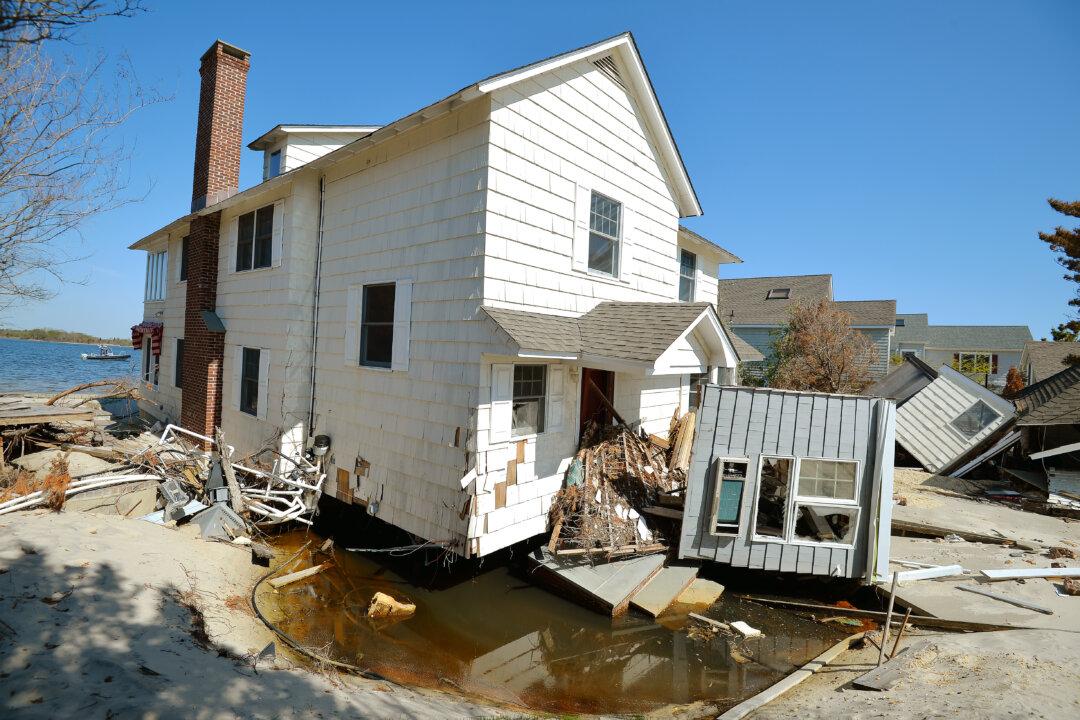COVID-19 was declared to be the third largest cost to insurance companies of any catastrophe in history after Hurricane Katrina and the 9/11 attacks, with losses of up to $44 billion, according to the insurance broker Howden, in a Jan. 4 report on reinsurance renewals.
This amount is lower than the initial 2020 projections of $100 billion-plus for COVID-19 insured losses.





